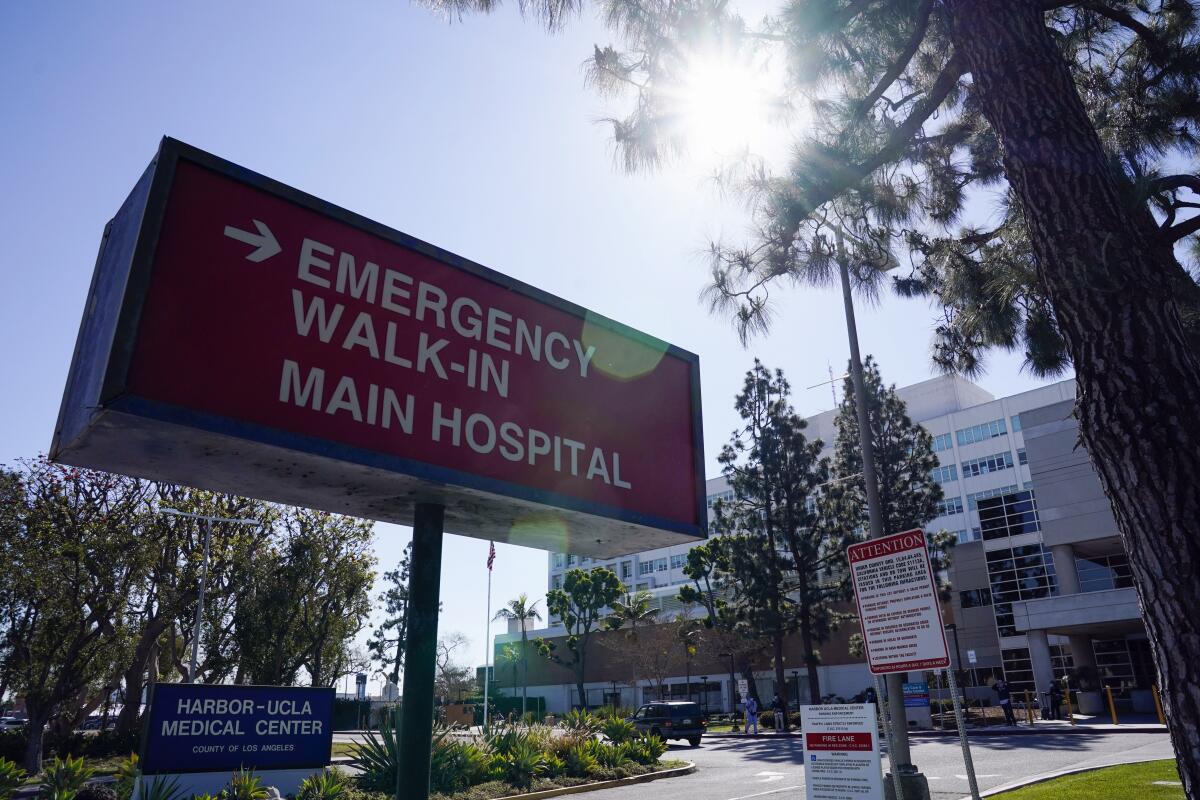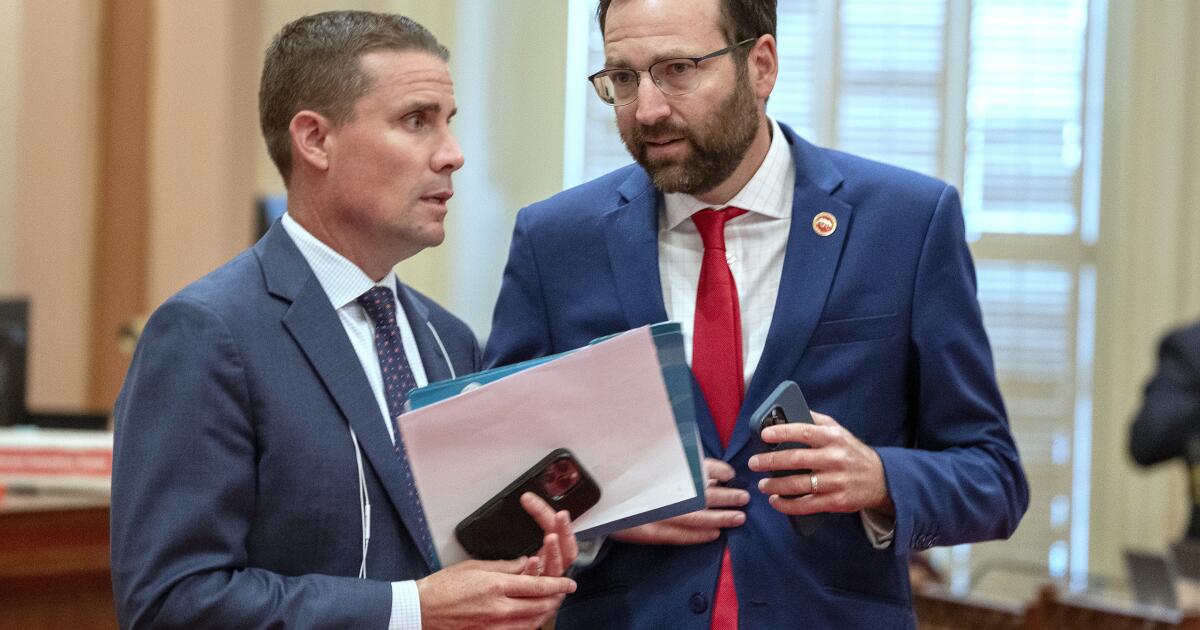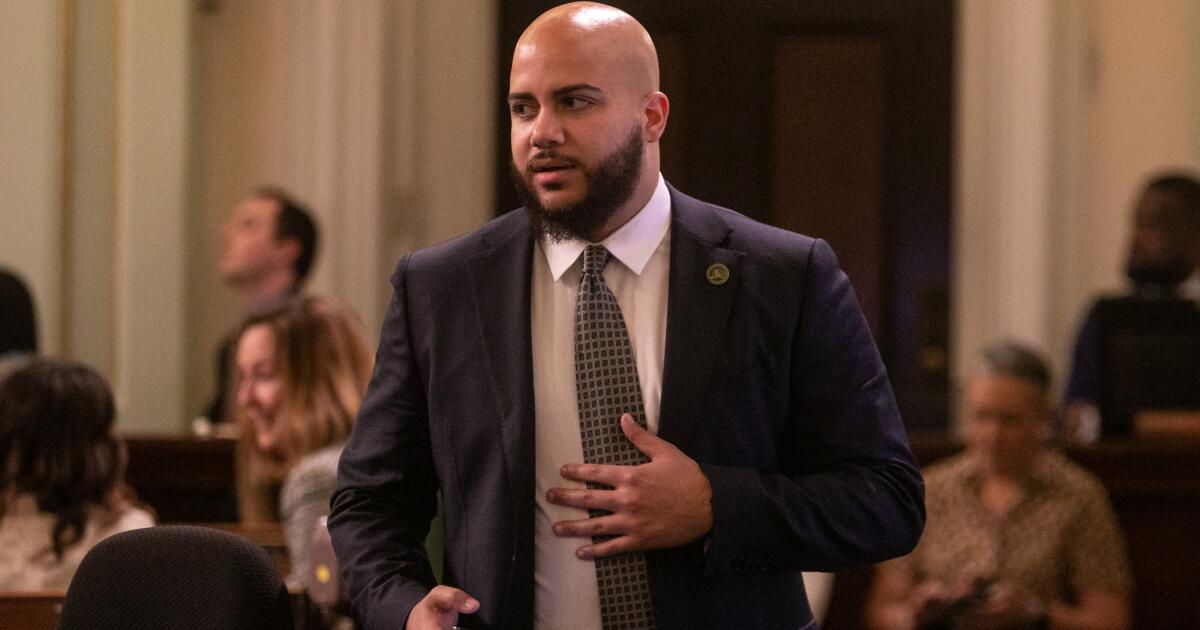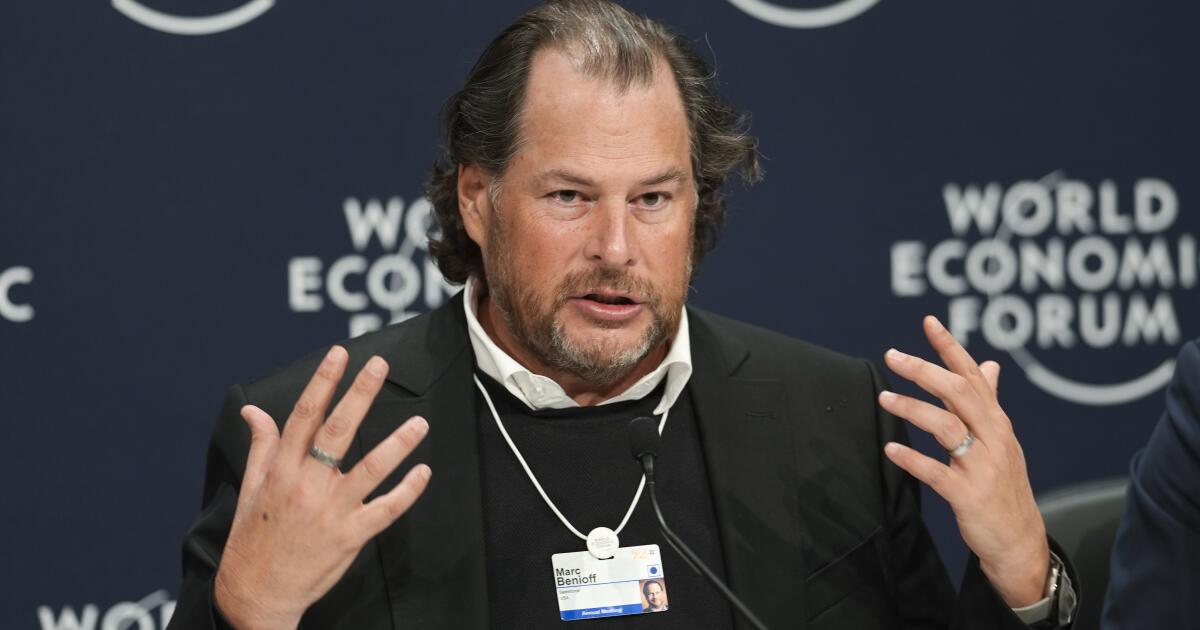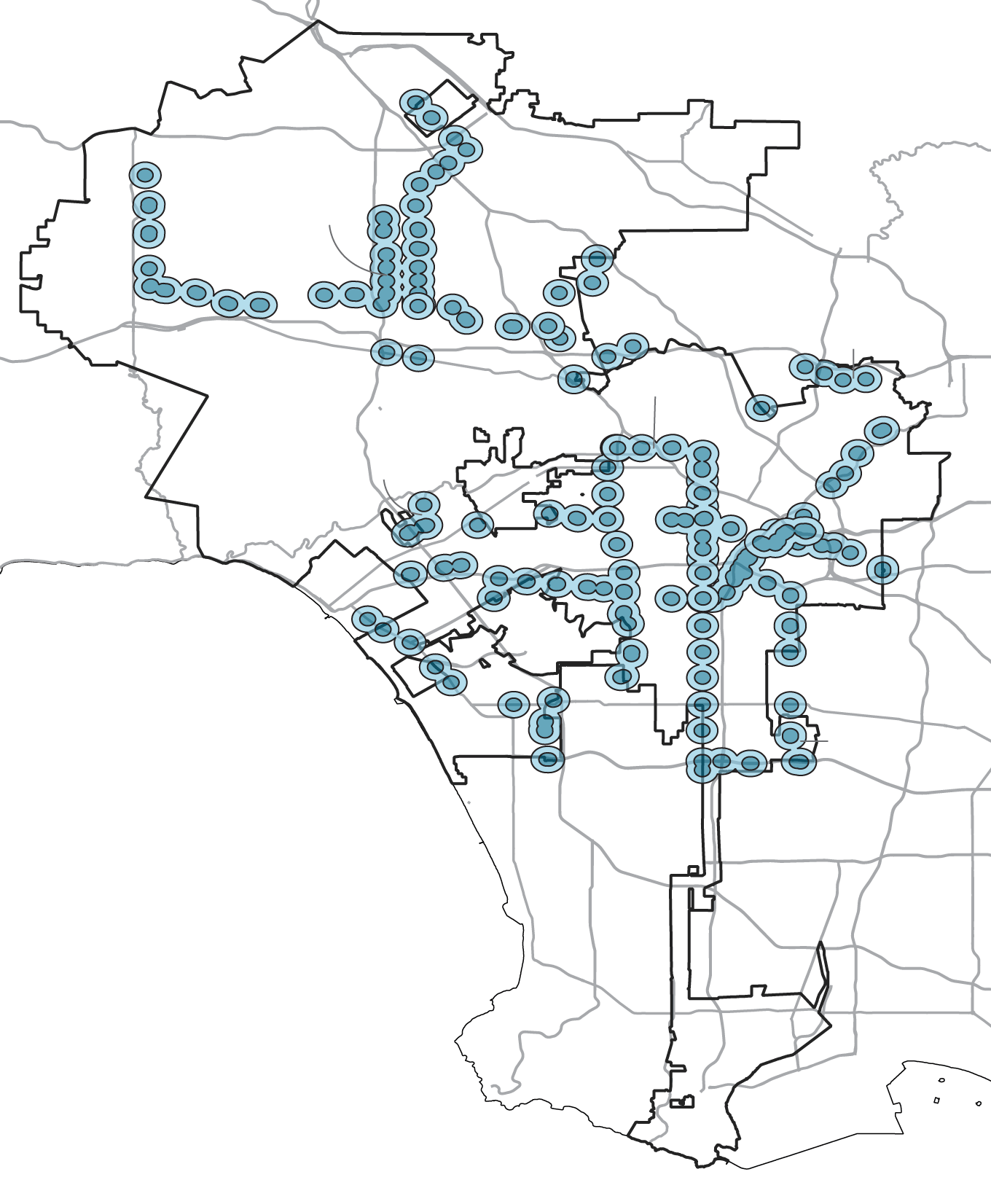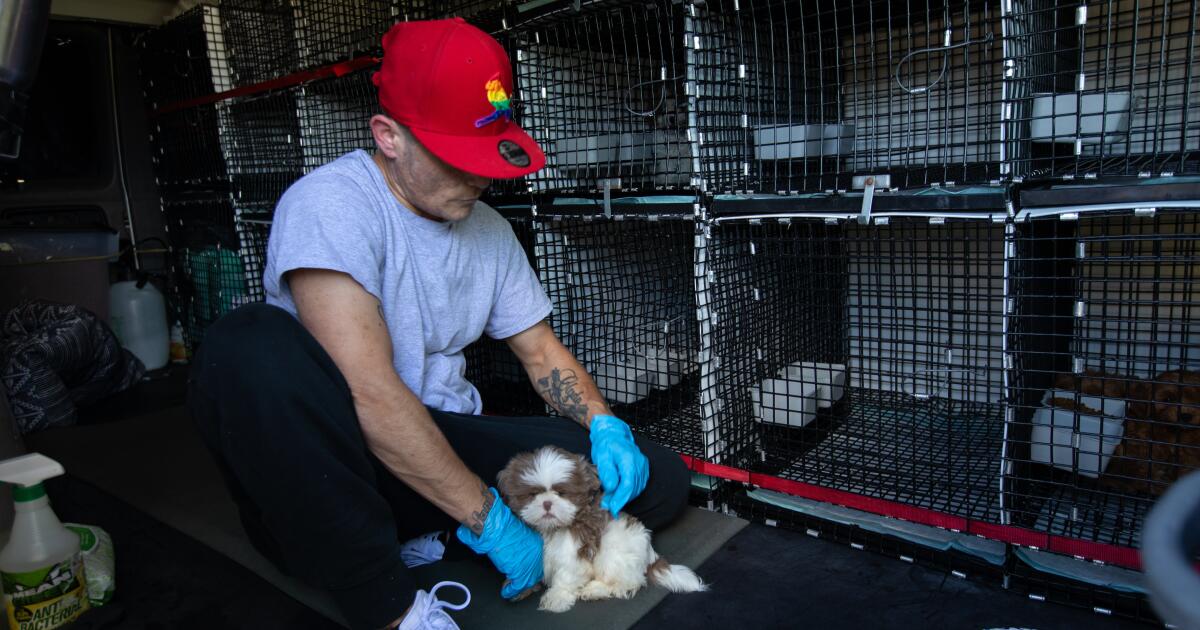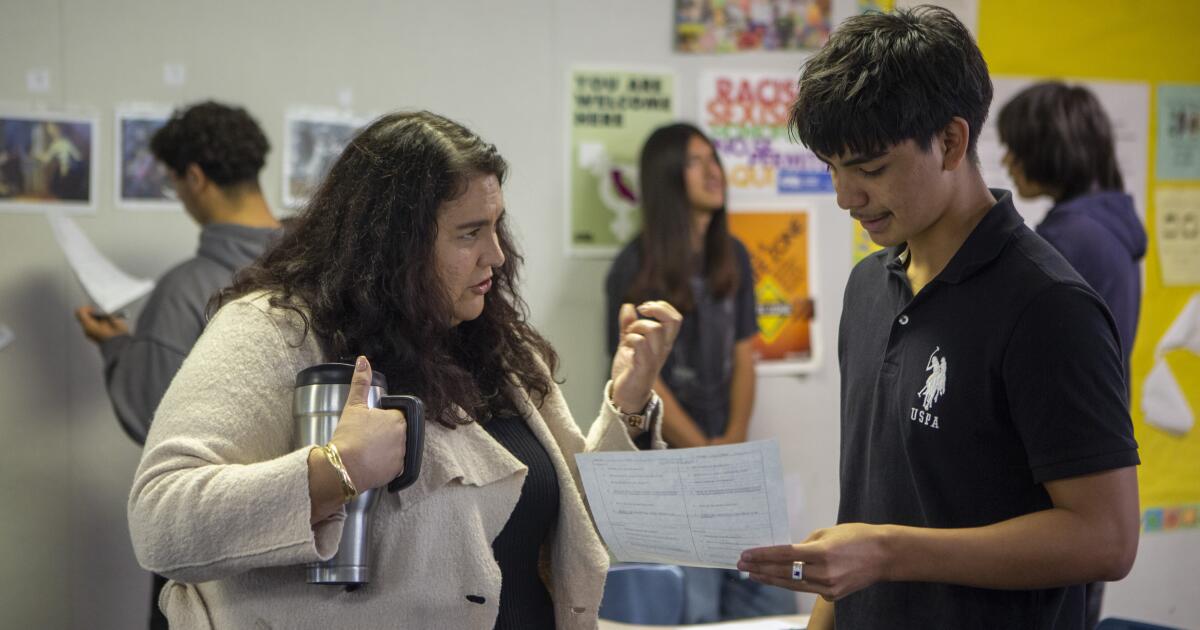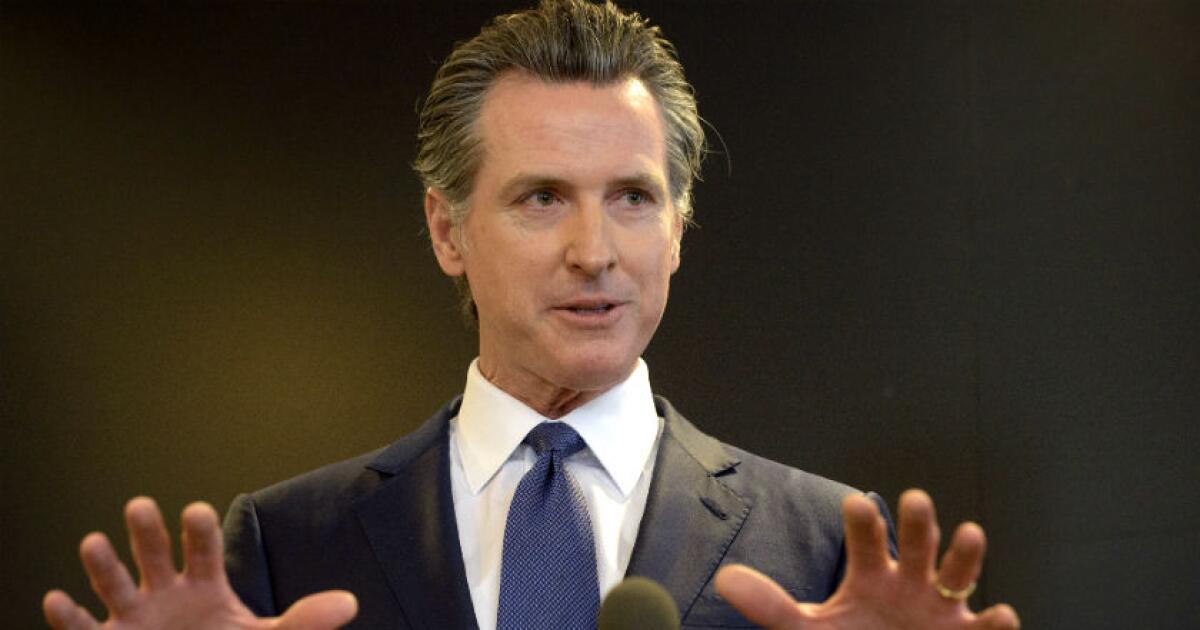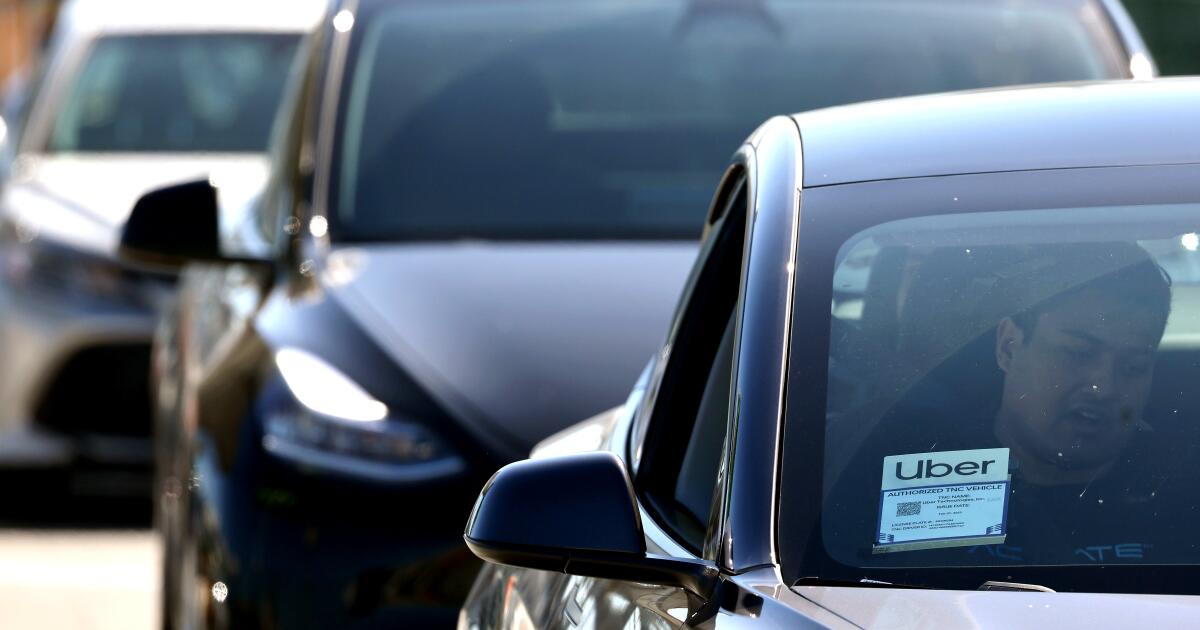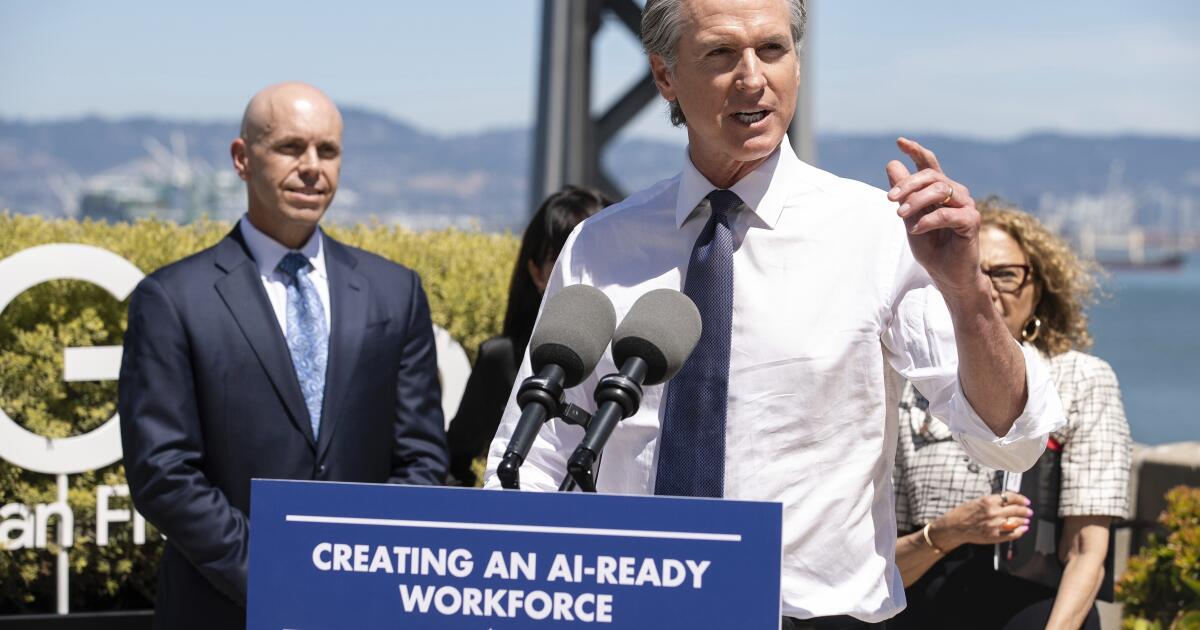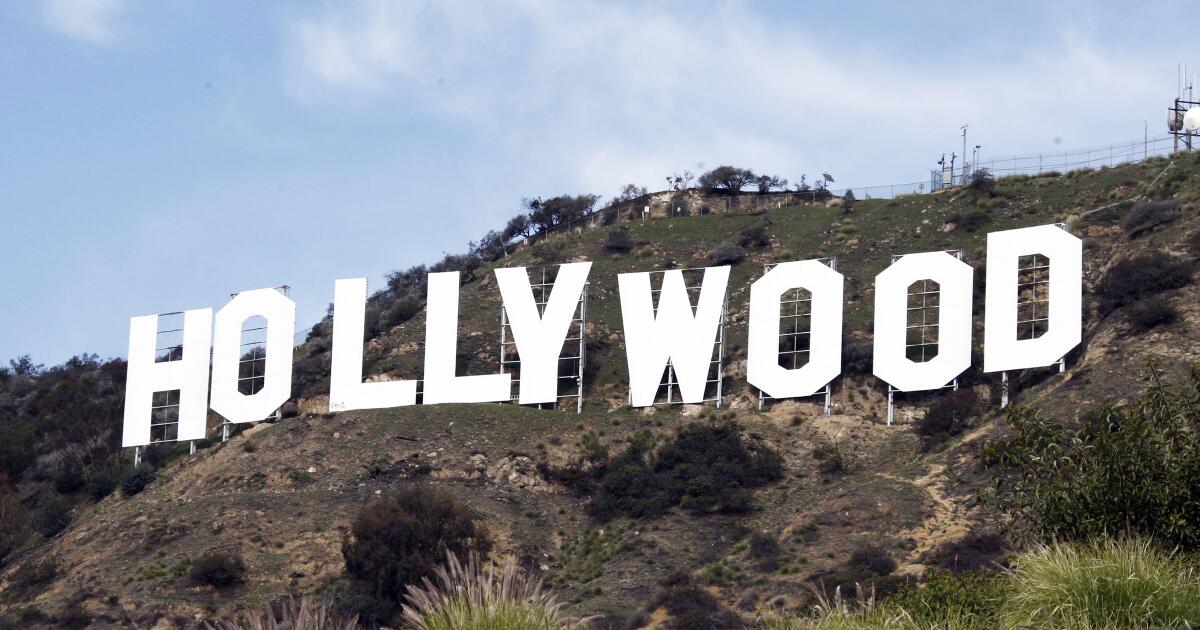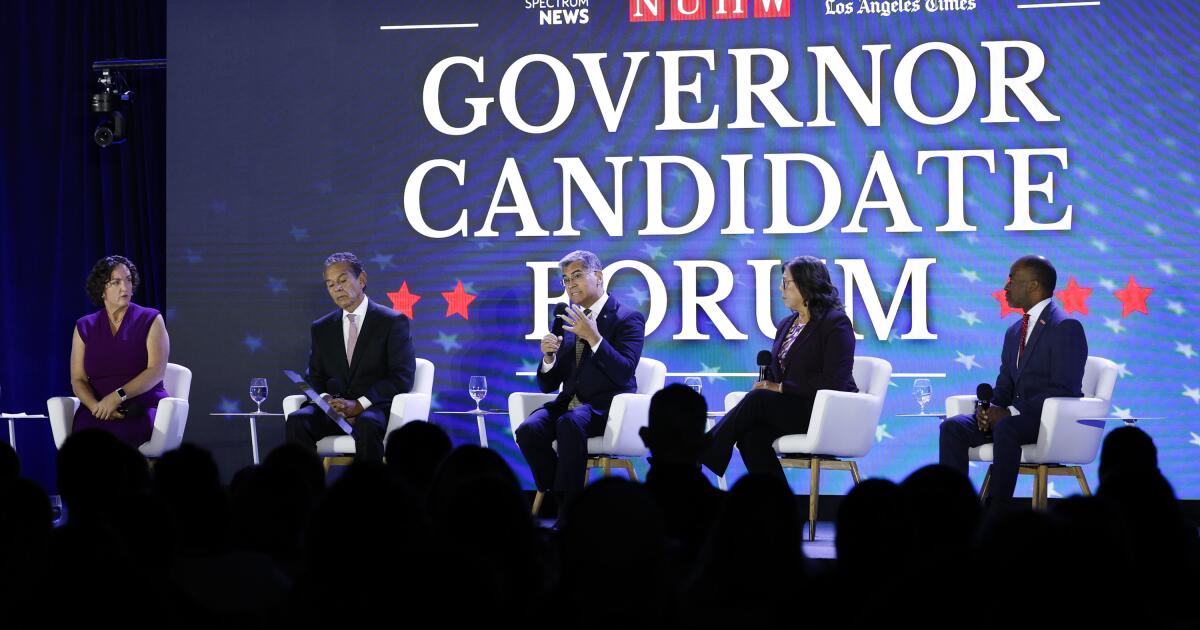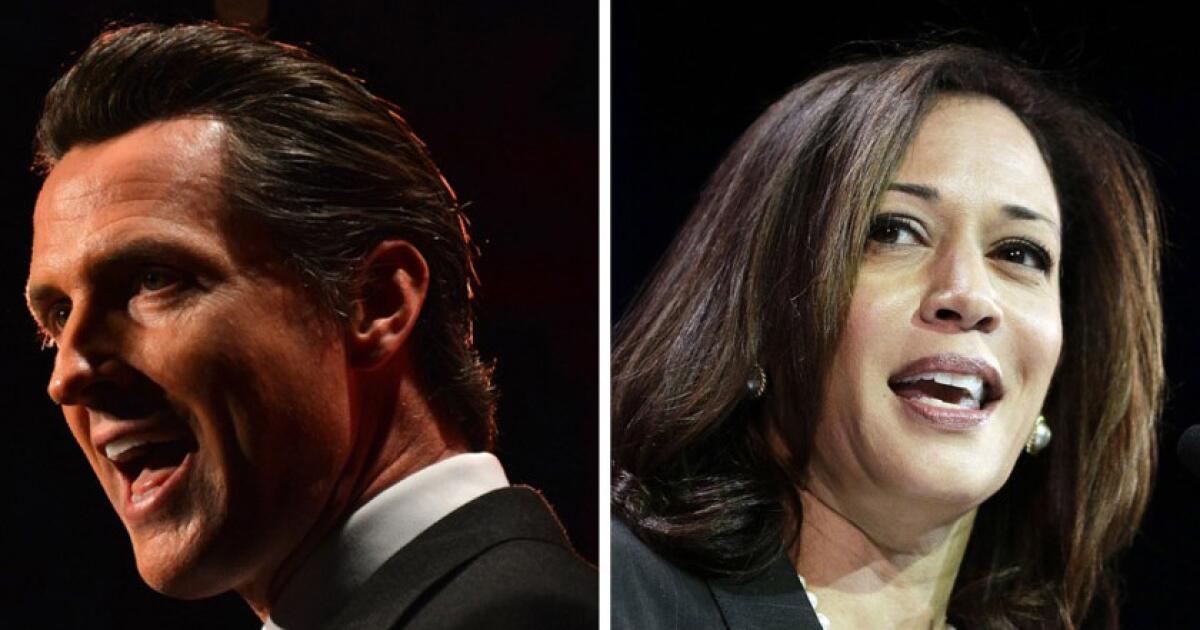USC finds itself in funding battle between Trump and Newsom
In the last few weeks, USC has found itself caught in a political tug-of-war that could potentially change campus life permanently.
Gov. Gavin Newsom threatened on Oct. 2 to cut “billions” in state funding, including the popular Cal Grants that many students rely upon, if California schools bowed to pressure from the Trump administration.
Newsom’s messaging came in response to a White House directive that asked USC and eight other major national universities to commit to President Trump’s views on gender identity, admissions, diversity and free speech in exchange for priority access to federal dollars.
The topic was covered in depth by my colleagues Jaweed Kaleem and Melody Gutierrez.
Let’s jump into their article and see what options lie ahead for USC.
What the White House told USC
USC and other universities were asked to sign a “Compact for Academic Excellence in Higher Education,” which commits them to adopt the White House’s conservative vision for America’s campuses.
The Oct. 1 letter also suggests colleges should align with Trump’s views on student discipline, college affordability and the importance of hard sciences over liberal arts.
The compact asks universities to accept the government’s definition of gender — excluding transgender people — and apply it to campus bathrooms, locker rooms and women’s sports teams.
But the White House letter to USC and other campuses is more stick than carrot.
The government says it will dole out new federal money and give preference to the universities that accept the deal over those that do not agree to the terms.
Signing on would give universities priority access to some federal grants, but White House officials say the government money would not be limited solely to those schools.
How Trump wants to cut back on international students
The federal compact would also severely restrict international student enrollment to 15% of a college’s entire undergraduate student body. Plus, no more than 5% could come from a single country.
That provision would hit USC hard, where 26% of the fall 2025 freshman class is international. Half of those students hail from either China or India.
Cutting into that rate would be a financial blow to USC, where full-fee tuition from international students is a major source of revenue. The university has already endured hundreds of layoffs this year amid budget troubles.
How Newsom is responding
Newsom wrote that “if any California university signs this radical agreement, they’ll lose billions in state funding — including Cal Grants — instantly.”
He added, “California will not bankroll schools that sell out their students, professors, researchers, and surrender academic freedom.”
Students become eligible for Cal Grants through the Free Application for Federal Student Aid or California Dream Act Application. In 2024-25, $2.5 billion in Cal Grants were doled out to California students.
What is USC doing?
The school’s faculty members strongly denounced Trump’s offer at a meeting Monday, calling it “antithetical to principles of academic freedom.”
But interim President Beong-Soo Kim told the roughly 500 attendees that the university “has not made any kind of final decision.”
One of the nine schools presented with Trump’s deal, MIT, forcefully rejected the White House’s proposal last week. (It is unclear how the White House selected the nine schools that were offered the deal.)
Notes from a reporter’s notepad
Kaleem, one of the Times reporters on this story, noted that universities throughout Southern California, including USC, UCLA and others in the UC or Cal State systems, find themselves under siege from the White House, whether they were offered Trump’s proposal or not.
“Grants for funding and research are being held up because of investigations into antisemitism or diversity or other issues,” he said. “There are very few universities untouched by the push from Trump on higher education.”
Kaleem spoke with several politically active students and professors at USC who see Newsom’s gesture as a blessing in disguise.
“They felt the governor’s threat to take away money actually gives the USC campus cover to resist Trump more forcefully,” Kaleem said.
Now USC administrators could defy the White House under the guise of trying to avoid losing funding from the state, according to those who spoke with Kaleem.
“They could say they can’t be blamed because they’re being forced to resist Trump,” he said. “It’s an interesting potential strategy.”
For more, check out the full article here.
Today’s top stories
Part of the debate over the ongoing federal government shutdown focuses on funding for the treatment of undocumented immigrants at hospital emergency rooms.
(Ashley Landis / Associated Press)
Trump claims Democrats want to use federal funds to give undocumented residents healthcare. That’s misleading
- Undocumented immigrants cannot access federal programs, but California law provides state-funded Medi-Cal coverage costing the state $11.2 billion annually.
- President Trump claimed recently that Democrats “want to have illegal aliens come into our country and get massive healthcare at the cost to everybody else.”
- Democrats called Trump’s assertion an absolute lie, accusing Republicans of wanting to slash federal healthcare benefits to Americans in need to pay for tax breaks for the wealthy.
Beutner launches bid for L.A. mayor, vowing to fight ‘injustices’ under Trump
- Former L.A. schools Supt. Austin Beutner kicked off his campaign for mayor on Monday with a video message that hits not just Mayor Karen Bass but also President Trump and his immigration crackdown.
- Beutner vowed to counter Trump’s “assault on our values,” while also criticizing City Hall over homelessness, housing costs and rising city fees.
Three more L.A. County deaths tied to synthetic kratom
- The deaths have been linked to kratom, a compound that is being synthetically reproduced and sold over the counter as a cure-all for a host of ailments, the county Department of Public Health announced Friday.
- The compound was found to be a contributing cause of death in three residents who were between the ages of 18 and 40, according to the county health department.
- That brings the total number of recent overdose deaths related to kratom in L.A. County to six.
What else is going on
Commentary and opinions
This morning’s must read
Other must reads
For your downtime
Going out
Staying in
A question for you: What frustrates you the most about parking in L.A.?
Karen writes: “My frustration is that the city started making people pay to park along the road up to the Griffith Observatory. That was the one free and delightful place to get both some sight-seeing and some good walking in after the hunt for a spot. It felt very unfair and opportunistic of the city to limit access to city parks by charging that fee.”
Email us at [email protected], and your response might appear in the newsletter this week.
And finally … your photo of the day
Theatergoers take their seats to see “Les Miserables” on Oct. 8 in Los Angeles.
(Jason Armond / Los Angeles Times)
Today’s great photo is from Times photographer Jason Armond at opening night of “Les Misérables” at the Hollywood Pantages Theatre.
Have a great week, from the Essential California team
Jim Rainey, staff writer
Kevinisha Walker, multiplatform editor
Andrew J. Campa, reporter
Hugo Martín, assistant editor
Karim Doumar, head of newsletters
How can we make this newsletter more useful? Send comments to [email protected]. Check our top stories, topics and the latest articles on latimes.com.
